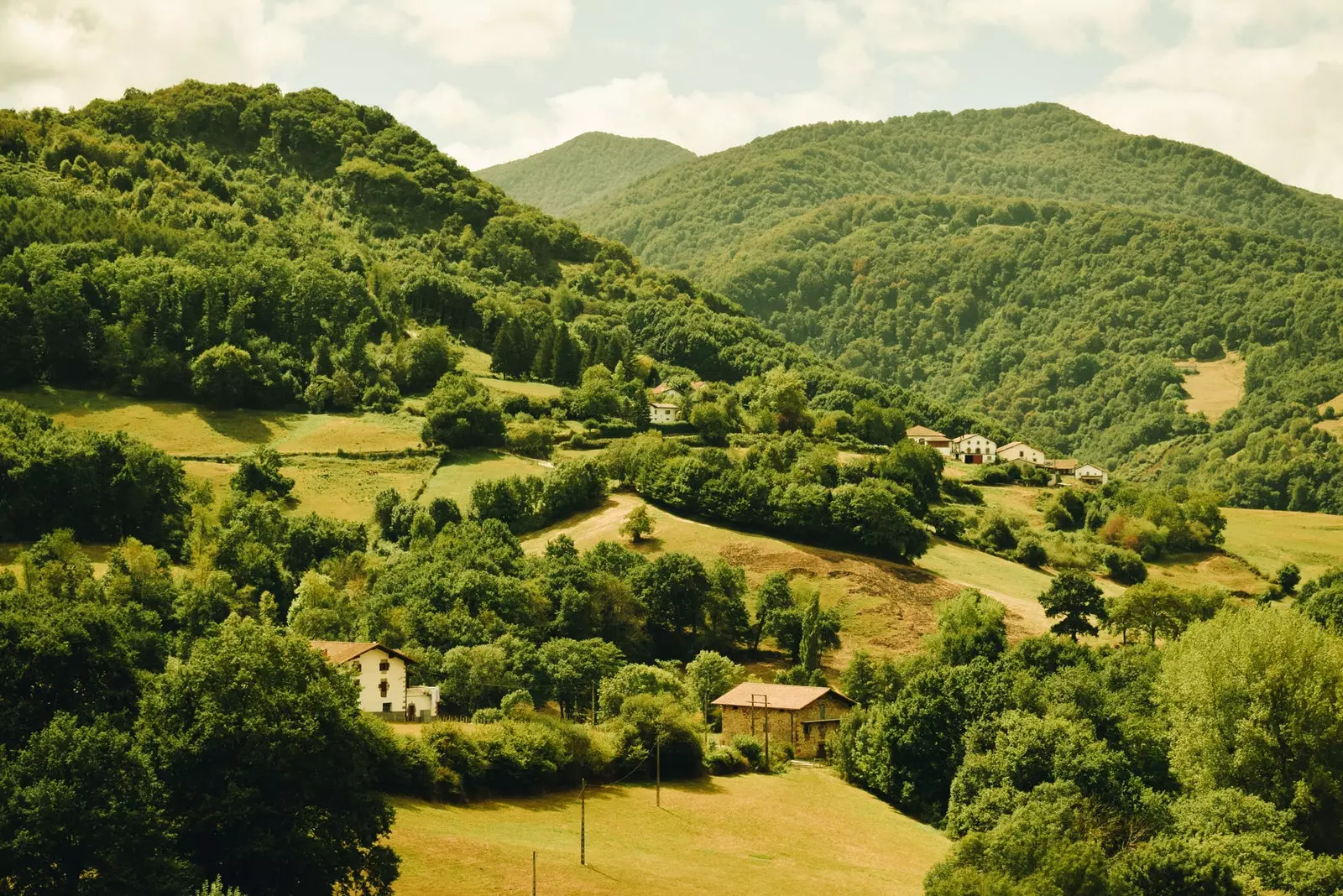
Pure nature in the Atlantic Pyrenees
The Belate tunnel marks a before and after . It is the corridor that leads us to that eternally green Navarra that bursts with beauty as only she knows how to do it.
We refer to the Baztan Valley and Bidasoa , rich land of capricious orography that rises to the sky in charismatic mountains, that is lost by dense forests of beech, oak and chestnut trees , or spread out over vast meadows where latxa sheep graze unconcerned, the one with a northern soul and spectacular milk.
It is when crossing that imaginary border, the one that marks the beginning of the Atlantic Pyrenees, when this adventure begins . The party has just started.
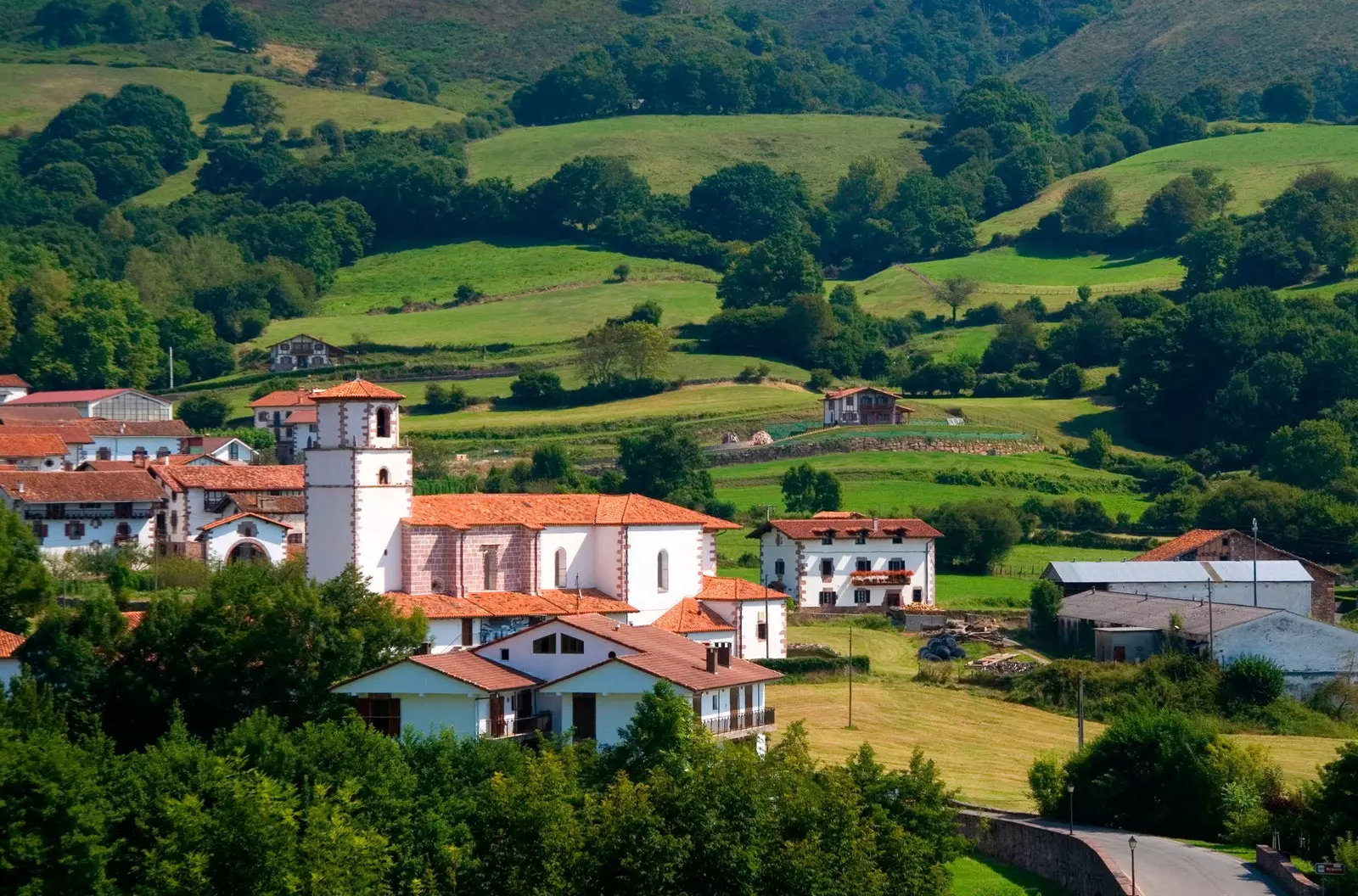
The town of Amaiur, in the Baztán Valley
A SPECIAL LAND
To soak up the idiosyncrasy of this land, the first thing to do is understand it. And to understand it, first of all, you have to know some details. For example, that one of the elements for which the Valley of Baztán and Bidasoa has such specific characteristics within the Navarrese territory, is because its proximity to the eternal Cantabrian Sea, which breaks its waves not too many kilometers away.
This, along with the Pyrenees works as a barrier and wraps its land with two long arms —El Larrún, on one side; plus the Pyrenees, to the other— , causes all those storms that come from the sea to grab and unload precisely here. The consequence? Around two thousand liters of water irrigate their land each year.
On the other hand, there are its people. Strong character, but at the same time open. Pleasant conversation and with hospitality as a flag. Their way of life has been used, since time immemorial, to take place in traditional farmhouses scattered throughout the land. Each one with its space: together, but not scrambled.
There are no large towns in Baztán-Bidasoa, and this can be seen as soon as we advance along the winding road layout. that lead us to cross the port of Otxondo and reach the border with France. There, a town whose name sounds familiar to everyone, makes you fantasize about witches, covens and magic potions. We discover the true story of Zugarramurdi.
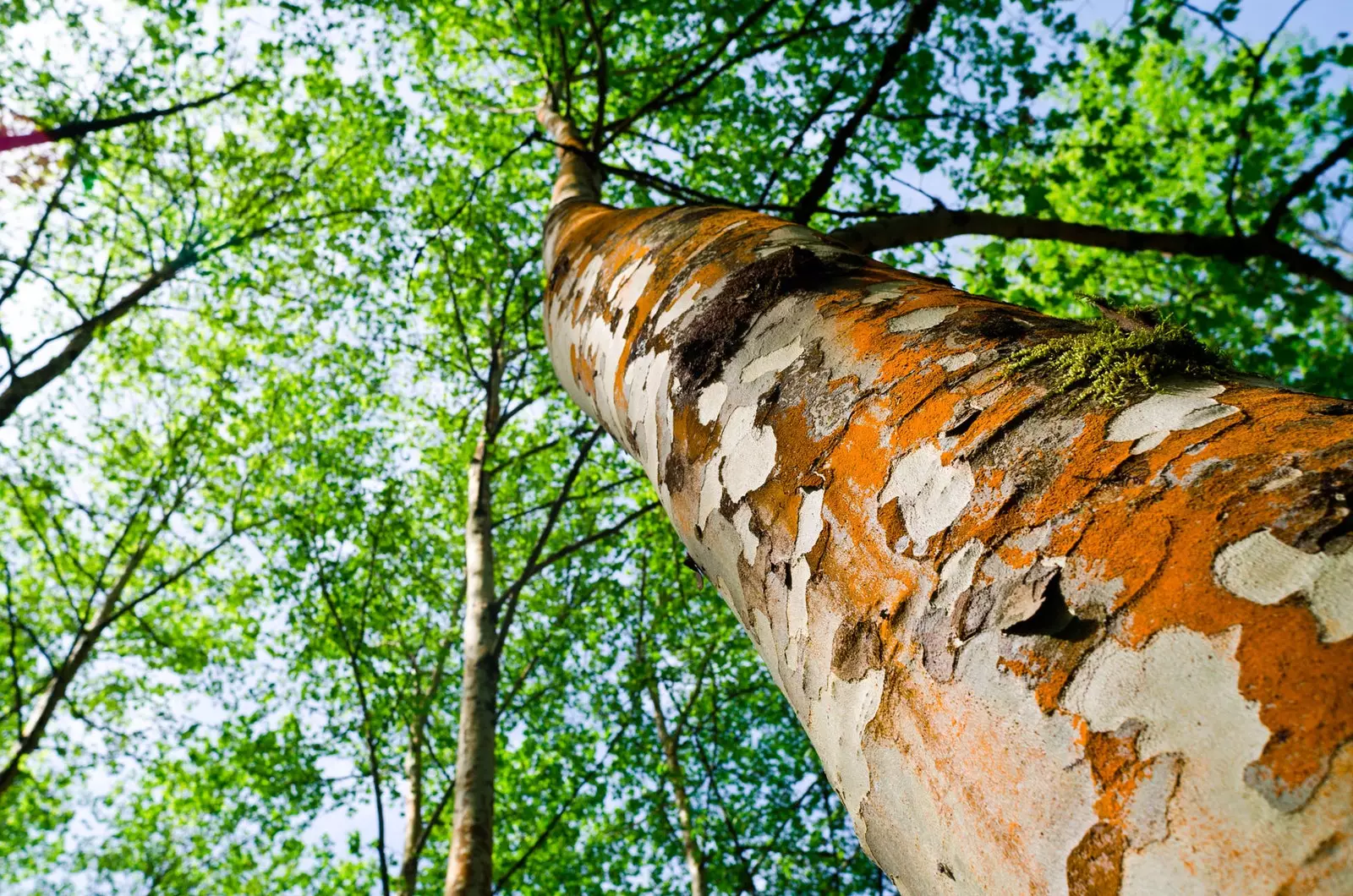
The best way to discover the valley? No hurry
OF WITCHES WITHOUT A BROOM AND BLUE HORSES
The immense cavity that the Infierno River has been responsible for molding over the centuries is a geological treasure to which there was free access for many years. Today, however, to visit the Zugarramurdi Caves it is necessary to pay a ticket and limit yourself to walking, in the middle of nature, the marked path.
The remains of a couple of lime kilns recall the time when limestone was transformed into quicklime. The cracks and nooks and crannies of the environment speak, for their part, of **a post-war period in which smuggling between France and Spain proliferated with products that were either prohibited or forced to pay high tariffs. **
Obviously, though, there's another topic everyone's asking about when they get here: what about witches? Well, we're here to talk about them. Because it is probable that the fame of Zugarramurdi would not have been such if the Inquisition, back in 1611, had not landed here determined to investigate the alleged acts of heresy of which 300 of its 500 neighbors were accused.
Inhabitants, especially women, who after being denounced for holding covens in the area, ended up being arrested, tried and, in some cases, burned at the stake.
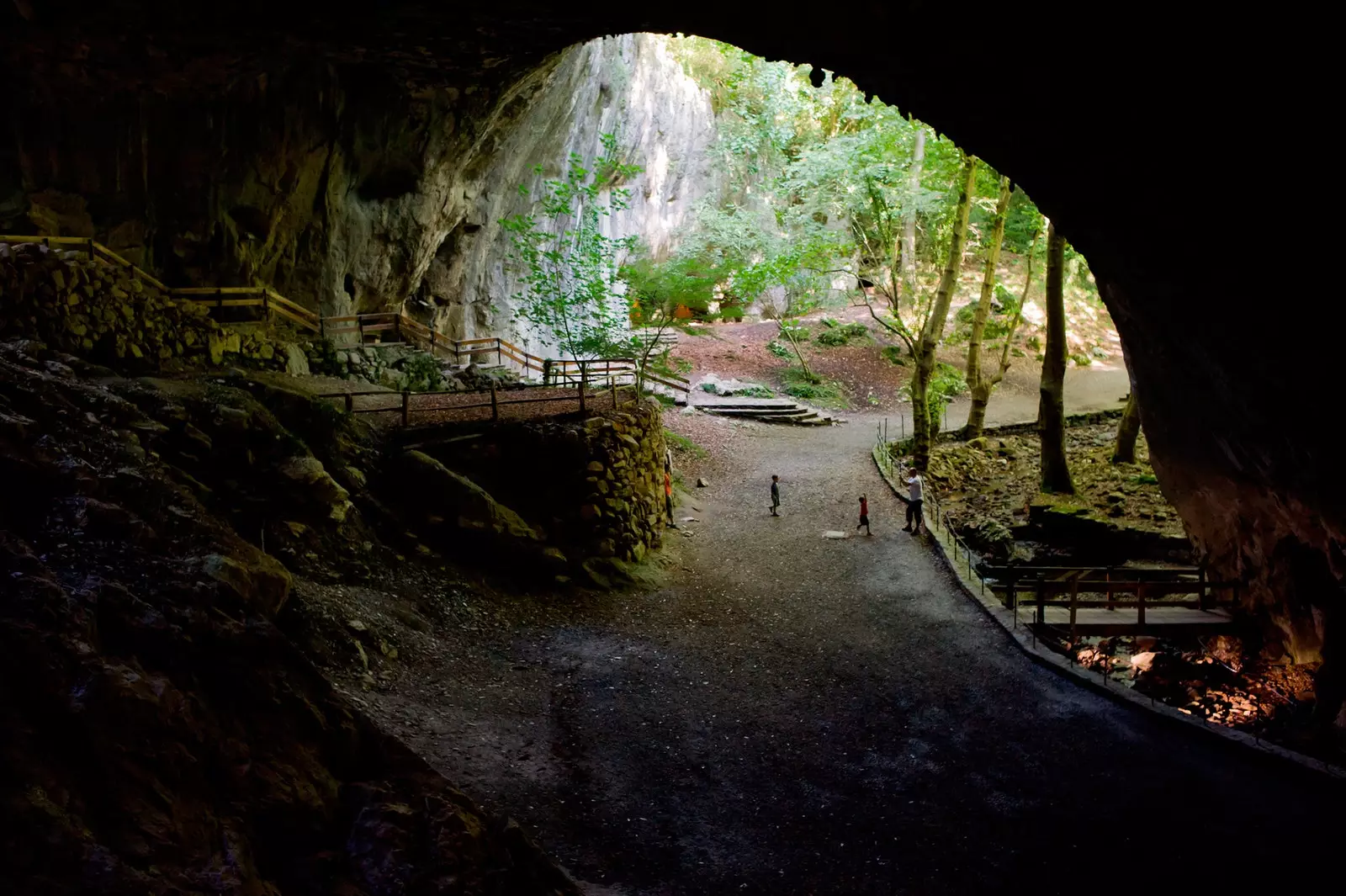
Zugarramurdi: there are no witches, but it gives yuyu
However —and we're sorry to spoil the party—, there was really little black magic. Today it is known that, very probably, it was the bad relations of its inhabitants with the Church, to whom they demanded a secular jurisdiction, which ended up taking its toll.
That, added to the envy, jealousy and quarrels between some neighbors and others, led to interpret the knowledge of herbs and plants and their medicinal benefits, as authentic witchcraft. In other words: no "abracadabras" or ladies flying on broomsticks. Even if he had had his one!
The murmur of Hell continues to mark the way today and accompanies you while you visit the main grotto and the paths that surround it. One of them, flanked by chestnut trees, unfolds a coppery carpet that marks the route to the center of the town, where Zugarramurdi shows its other face: that of the majestic farmhouses built, in many cases, with money made in the Americas. Families that were granted the privilege of being nobles so that they would more vigorously protect the border with France.
Between balconies of flowers, gabled and hipped roofs, and the curious checkered shield of Baztán that decorates some of the facades, highlights a peculiar sign painted on the stone. It is the one that marks the popular Sendero de la Pottoka Azul, a native horse that acts as a guide and fully connects with the most authentic Baztán. The one for which we let ourselves be carried away.
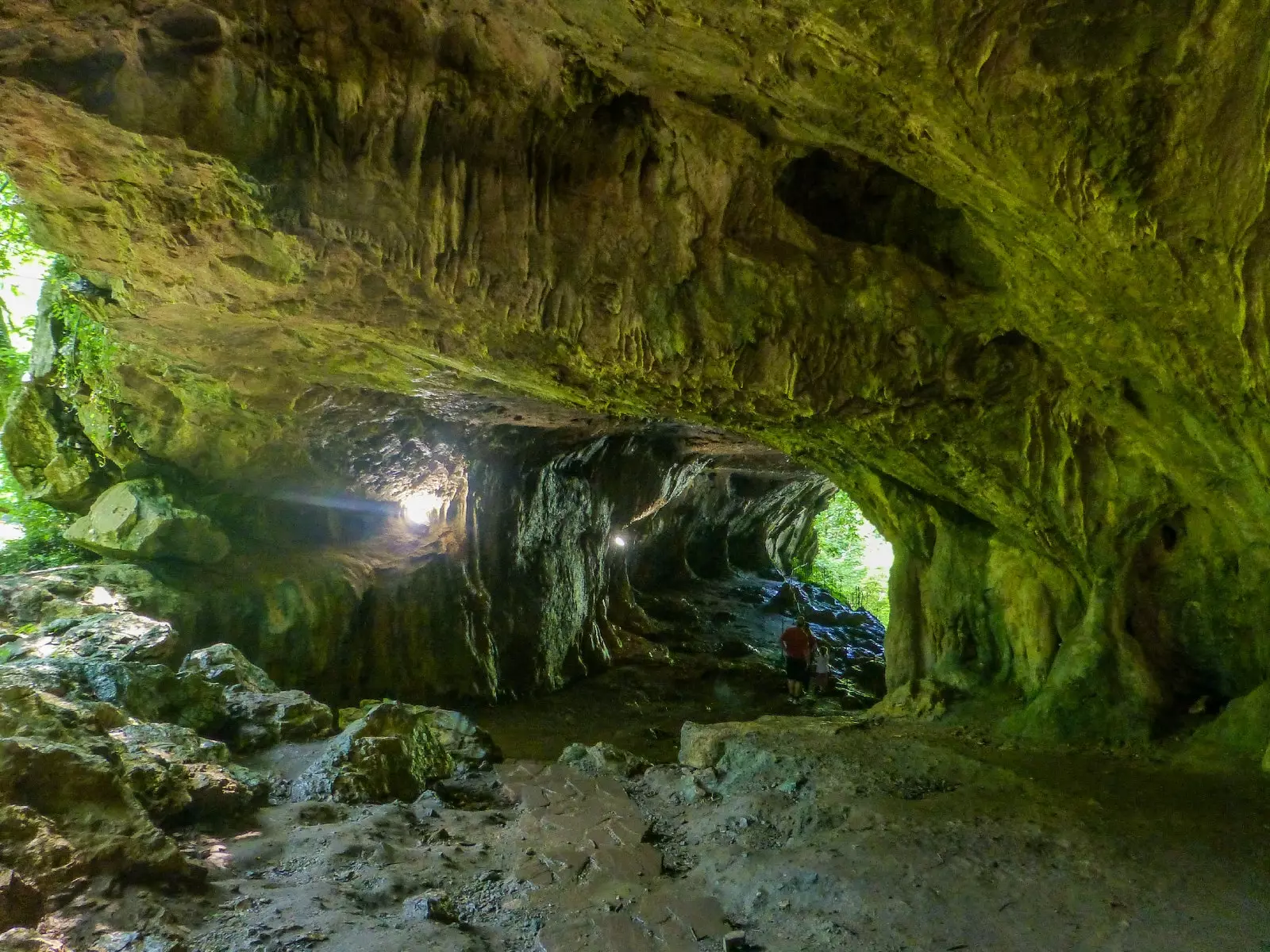
One of the mysterious caves of Zugarramurdi
THE VALLEYS ALSO KNOW
After a short walk we reach the neighboring town of Urdax, where Ana Mari, the second generation of a family that produces the most wonderful Navarrese treasure, awaits at the gates of a mansion with views of the meadow. Idiazábal cheese, of course.
A business adventure that started like many of those things that end up being a success: by chance. María Isabel and Mikel, parents of Ana Mari, have always been dedicated to farming and with the milk of their sheep they made cheeses for personal consumption.
The 90s arrived, also tourism, and word of mouth made many know about those delicacies. **The consequence? They created Etxelekua, a small cheese factory to sell to the public. **
The work journey translated into 20 years of effort and work to which, already in 2011, Ana Mari and Xavier, her brother, joined. At first they were not clear about it, but after trying other paths —she in a bank, him as an electronics technician— they decided to return to the family business.
Today, with a production of between 8 and 10 thousand kilos per year, the walls of the business shine with innumerable worldwide awards and recognitions such as those awarded by the World Cheese Awards or The Great Taste contest. There is nothing.
While expertly dividing a couple of wedges of cheese, Ana Mari reveals to us what is latxa, a sheep native to Navarra, the Basque Country and part of France. A delicate breed that only produces milk between the months of November and August and that feeds, above all, on grass: hence the singular flavor of its cheeses.
Tasted and demure the product, and with the aftertaste still on the palate, We follow the trail of those blue pottokas on a gentle walk through the surrounding meadows and mountains. There, in the distance, the 600 latxas of Ana Mari and Xavier watch us, impassive, giving us a wonderful postcard. This is also the Atlantic Pyrenees.

Cheese: our great (and delicious) downfall
THE THING GOES FROM CASTLES AND MILLS
The road twists between ports and mountains as we leave towns like Elizondo behind. Upon reaching Amaiur, we demand a stop.
And we do it because, although little remains of the castle that crowned the place for centuries —in 1512 the Battle of Noáin took place and it was practically destroyed—, its ruins claim today a sentimental tourism that wins us over.
We walked between its colorful houses, arranged one next to the other facing the main street, looking at those strange thistle flowers that decorate some of its doors—it drives away evil spirits, they say— , in the stories conveyed by its ancient stone walls and in the peculiar fountain that gives drink to the pilgrims on their way to Santiago.
To recharge energy we continue to the Posada de Elbete: With a vegetable stew, some Navarran asparagus and a good canutillo for dessert, the world looks different.
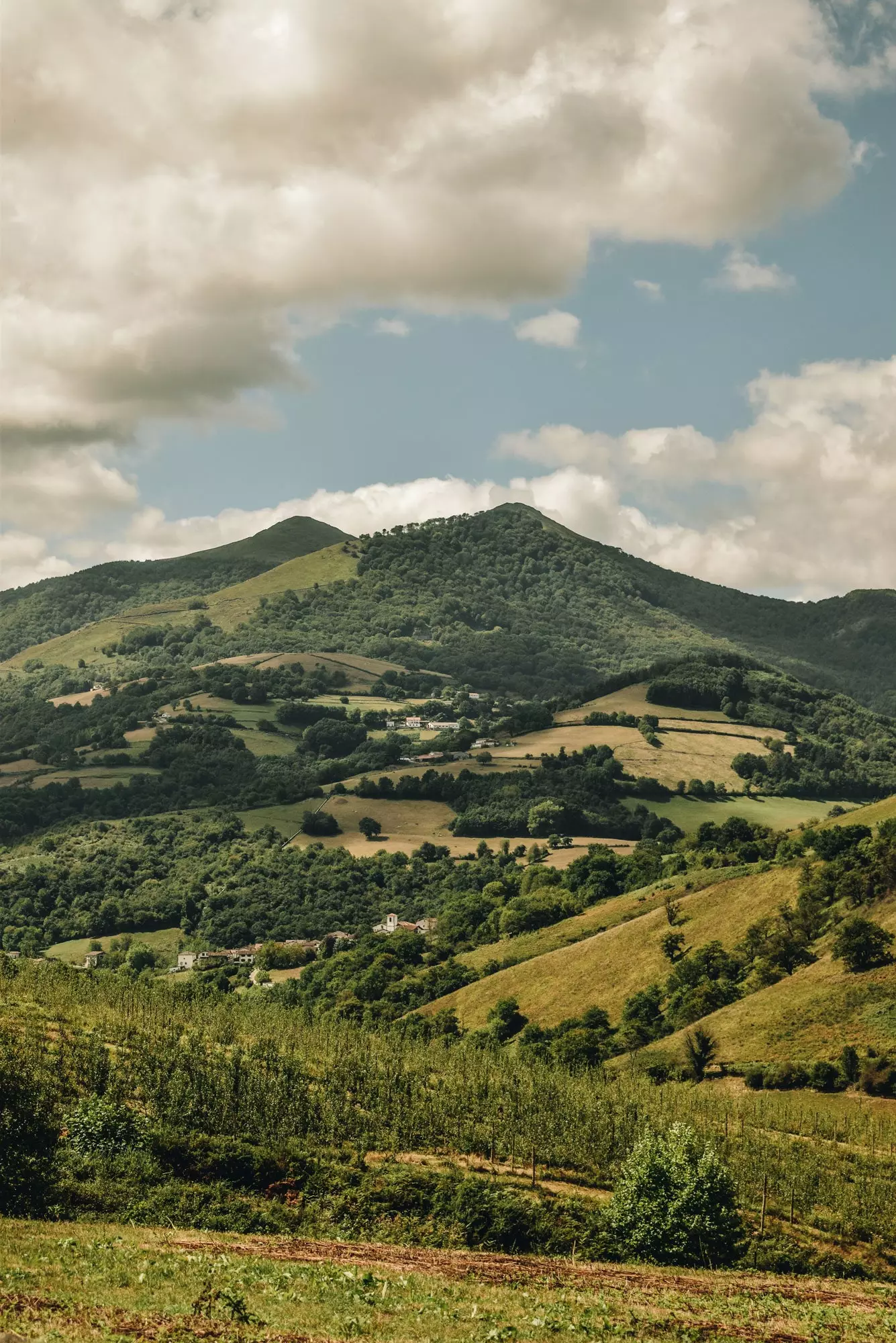
Views from the Amaiur viewpoint
Just 10 kilometers away is the Señorío de Bertiz Natural Park, where the Baztán River becomes Bidasoa . From there the road continues towards Zubieta. Under a fine rain, Edorta Amurua waits ready to show us his universe.
A world moved thanks to the force of water: since it started operating in 1785, the Zubieta hydraulic mill has never stopped working. So much so, that neighbors from the surrounding area continue to arrive daily carrying sacks of corn, as was the case more than 200 years ago, for Edorta to carry out the milling.
Going through its interior becomes a true journey through time: in addition to its historic millstones, weighing more than 800 kilos, the facility includes a two-story eco-museum in which the most varied farming implements are exposed. Also photographs that illustrate one of the festivals most deeply rooted in Zubieta: its carnival, an annual event in which nature is key.
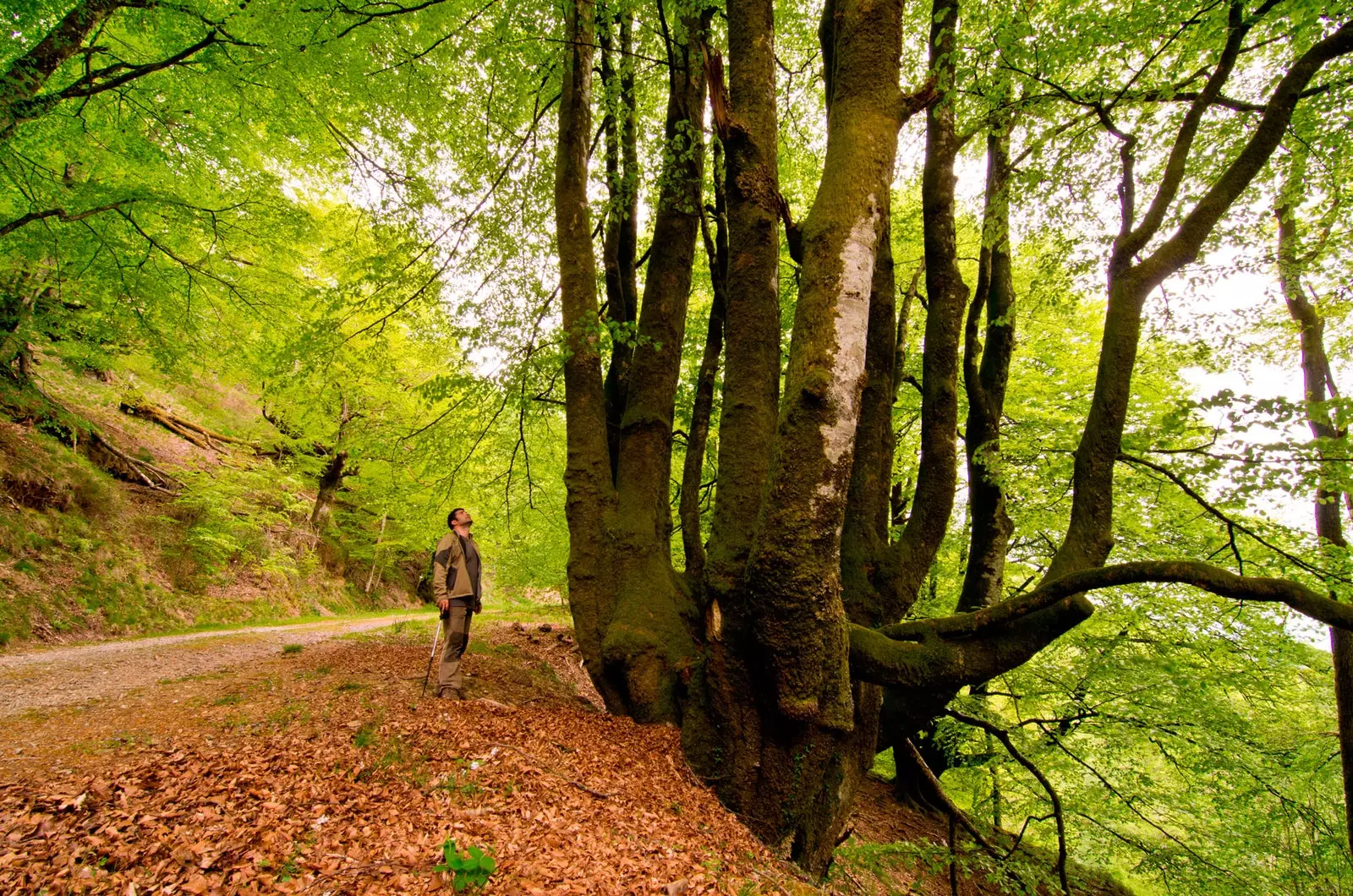
Nature unfolds its magic on the banks of the Bidasoa
And it turns out that, when it comes to fun, on this side of the Pyrenees they know how to do it very well. A good example is found in IrriSarri Land, in Igantzi, an original rural resort of no less than 75 hectares in which, among adventure activities —the longest canopy in Europe is found here—, relaxation proposals in the middle of nature, and a varied offer of restaurants and accommodation —from a hostel to a cozy hotel located in a 16th century building or 16 luxury cabins in the middle of the mountain—, the plan is guaranteed.
The end of the route we put, however, something further: At Etxalar we fall in love with the charms of Antonio, who after 40 years at the helm of La Basque, pampers each diner with the same enthusiasm as the first day. Between authentic Navarrese flavors, rich local wines and an endearing chat, the host narrates his adventures and misadventures at the head of a business that only has one regret left: being on the verge of retirement and not having anyone to continue it.
With his stories in mind we go to sleep, this time in Lesaka. This town with an agricultural past and an industrial present is divided in two by the Onin River, whose stone bridge is a complete symbol.
Its cobbled streets overlook farmhouses with wooden windows and Gothic style like those of the Rural Hotel & Spa Atxaspi, from whose soft beds, when turning off the light, we hear the rain fall.
